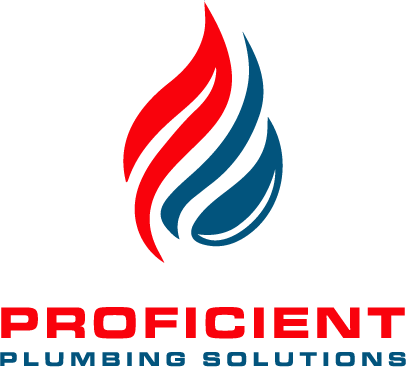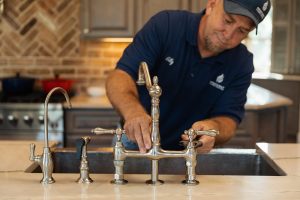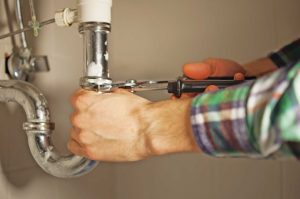Plumbing valves are an essential component of any plumbing system. They control the flow & pressure of water or gas in a plumbing system. Valves come in different shapes, sizes & types depending on their specific function & location within the system.
Why Are Plumbing Valves Important?
Plumbing valves play a crucial role in maintaining the functionality & efficiency of a plumbing system. With them, it would be easier to control & regulate the flow of water or gas, leading to potential issues such as leaks, bursts, or backflow.
Moreover, plumbing valves also serve as safety devices by preventing excess pressure build-up that could cause damage to pipes & fixtures. They can also help isolate specific areas of the plumbing system for maintenance or repairs without disrupting the entire system’s operation.
Plumbing emergencies can occur unexpectedly. To effectively control the flow of water, it is important to have properly functioning plumbing valves. Each plumbing fixture should be equipped with its own shut-off valve.
In the following sections, we will discuss the different types of plumbing valves & provide essential information about them.
Types Of Plumbing Valves
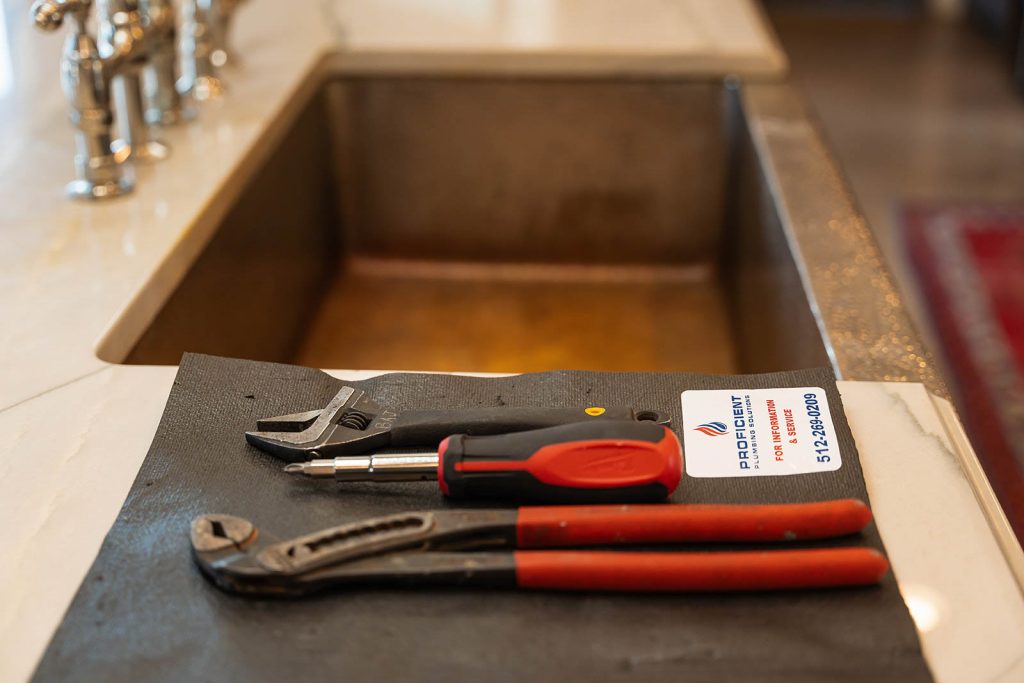
-
Main Water Shut Off Valve:
This valve is widely recognized as the most critical water valve. It supplies water to the entire house, distributing it through other pipes in your home. Regrettably, main water shut-off valves can get obstructed by mineral deposits & debris, sometimes requiring replacement.
Replacing these valves can be challenging. If you need assistance, feel free to contact Proficient Plumbing Solutions, your trusted neighborhood plumber, & we will be glad to inspect it for you.
-
Gate Valve:
Gate valves are widely utilized as primary shut-off valves due to their reliability & durability. Equipped with a twist-type handle, they are designed for fully opening or completely shutting off the water supply. It is important to note that using gate valves to regulate water flow can lead to premature wear.
While they are dependable, there is a possibility of them becoming stuck in either the “on” or “off” position. Gate valves are primarily employed when infrequent water shut-off is required, such as garden hose spigots.
-
Globe Valve:
A globe valve is a type of control valve that regulates the flow of a fluid by changing the position of a movable plug or disc inside the valve body. It offers precise control of flow and is commonly used to modulate the flow rate in pipelines.
-
Butterfly Valve:
A butterfly valve is a quarter-turn rotational valve that uses a flat, round disc mounted on a shaft to control the flow of fluid. When the disc is parallel to the flow, it allows for full flow, and when it’s perpendicular, it blocks the flow. Butterfly valves are known for their quick operation and are often used for large flow applications.
-
Ball Valve:
Ball valves are widely recognized as the most reliable & commonly used for main water shut-offs. Like gate valves, ball valves require full openness to allow unrestricted water flow or complete closure to restrict all water flow. The valve is controlled by adjusting it between 0 & 90 degrees.
When the lever aligns with the pipe, water will flow, while when the lever is perpendicular to the pipe, water will not flow. A quick visual inspection reveals whether the ball valve is open or closed.
-
Check Valve:
Check valves are widely used specialty valves that can be found in various applications. If you have a sump pump in your basement, it is likely equipped with a check valve.
These valves facilitate a one-way flow of water & automatically prevent backflow. Unlike other types of valves, check valves do not feature control handles.
-
Fixture Shut Off Valve:
Fixture shut-off valves, or stop valves, regulate water flow to specific plumbing fixtures like faucets & toilets. One significant advantage of these valves is the ability to work on a faucet or toilet without shutting off the water supply to the entire house.
This feature allows for more convenient & efficient maintenance.
-
Pressure Relief Valve:
A pressure relief valve is a safety valve designed to automatically release excess pressure from a system to prevent over-pressurization. It opens when the pressure exceeds a specified set point, safeguarding equipment and systems from potential damage or catastrophic failure.
-
Pressure Reducing Valve:
Pressure-reducing valves are installed in plumbing systems to effectively reduce & regulate water pressure. Unlike other valves, their purpose is not to control the water flow but to slow the incoming water pressure. These valves are commonly found in houses with high water pressure. They are typically installed on the main water line alongside the shut-off valve.
By setting them to a specific pressure, pressure-reducing valves ensure a consistent & controlled water flow. Even in sudden spikes in your area, you can rely on these valves to maintain steady & reliable water pressure within your home.
Final Words
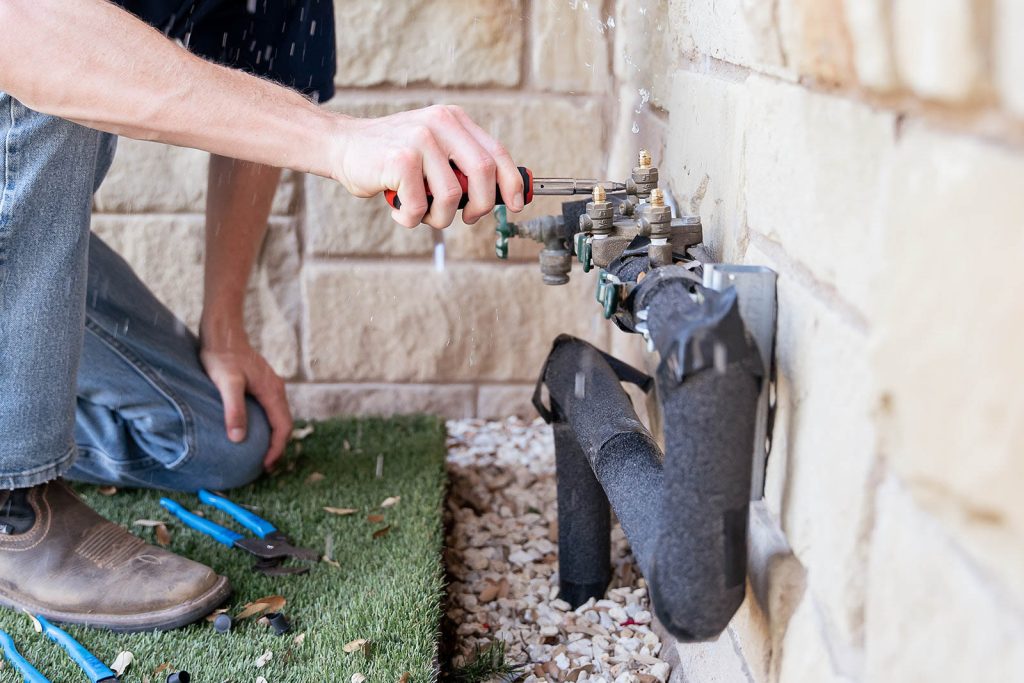
As you can see, plumbing valves are crucial components of any system. They play a significant role in maintaining the functionality & safety of your plumbing system while also providing convenience & efficiency for maintenance & repairs. Properly understanding the different types of valves & their functions is essential for effectively managing any potential plumbing issues that may arise.
If you have any concerns or need assistance with your plumbing valves, do not hesitate to contact our trusted professional plumber for help at Proficient Plumbing Solutions.
A properly functioning valve can save you from costly repairs & ensure the overall health of your plumbing system.
